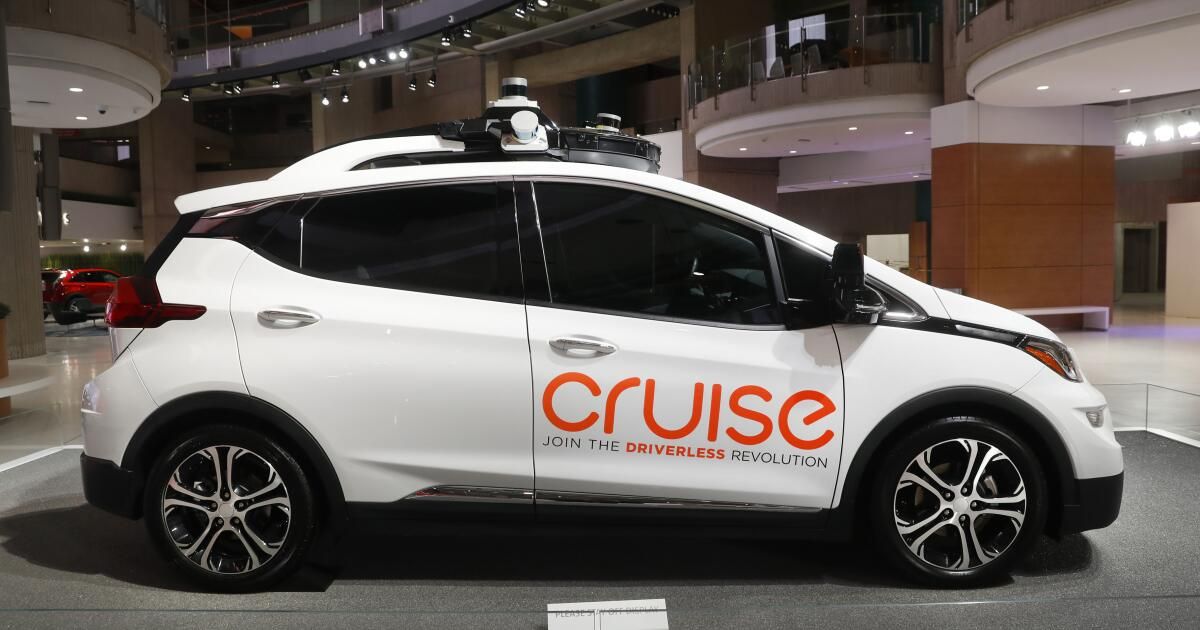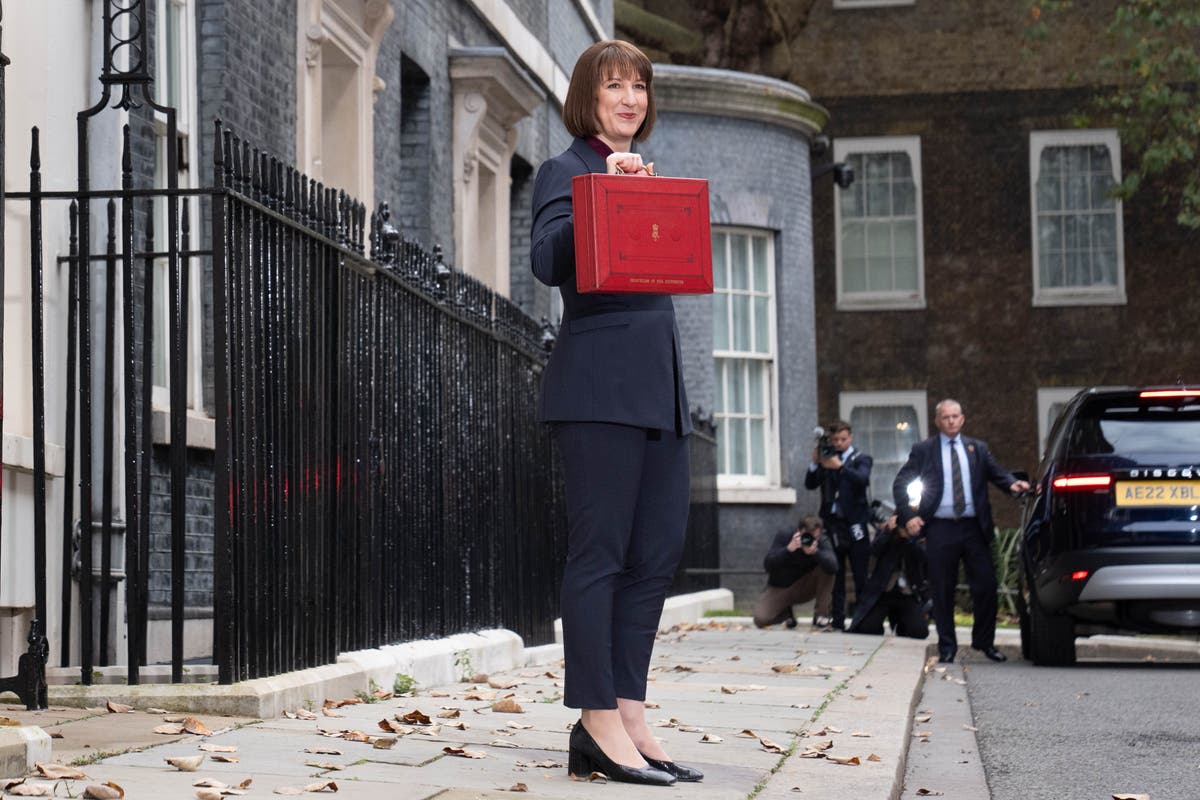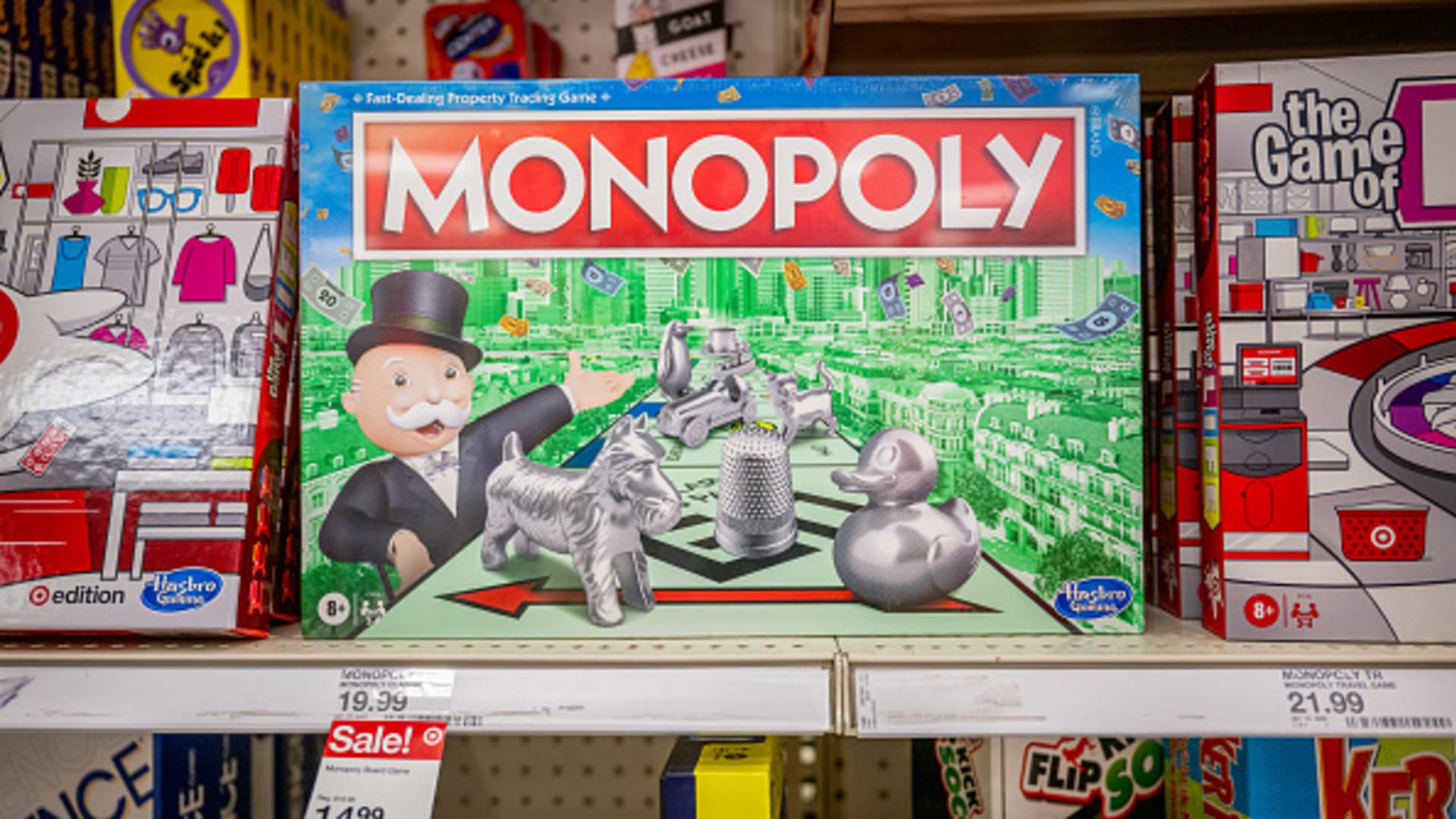After losing its operating license in California last year over safety concerns, self-driving car company Cruise will soon partner with Uber to offer driverless transportation through the popular ride-sharing app.
Cruise and Uber announced a multiannual association which will begin in 2025 and will allow Uber customers to select a self-driving Cruise vehicle for qualifying rides. The partnership will begin in a single, unspecified city and will rely on Chevy Bolt-based autonomous vehicles.
Cruise left its engine idling the entire fleet in October after California regulators revoked the company's license to provide driverless rides, alleging the company mishandled a safety incident in which a pedestrian was struck and dragged by a Cruise vehicle in San Francisco.
The pedestrian, who was in the street after being hit by a car with a driver, was trapped under a Cruise vehicle and was sent to the hospital with injuries. In 2018, an Uber self-driving car struck and killed a pedestrian in Arizona, prompting the company to halt its self-driving car program in several cities.
Cruise’s self-driving vehicles remain banned in California, but autonomous cars operated by Waymo, a Google subsidiary, are serving customers in San Francisco. Waymo is expanding to cities in the Bay Area and Southern California, the Associated Press reported, and announced that its robotaxis are completing more than 100,000 paid rides a week. Both Cruise and Uber are based in San Francisco.
Cruise, founded in 2013 and owned by General Motors, offers chauffeured rides in Phoenix, Houston and Dallas. The Uber partnership will likely launch in one of those cities, the company said, and will rely on driverless, autonomous vehicles.
“Cruise is on a mission to leverage driverless technology to create safer streets and redefine urban life,” Cruise CEO Marc Whitten said in a statement announcing the partnership. “We’re excited to partner with Uber to bring the benefits of safe, reliable, autonomous driving to even more people.”
Whitten took over the company after founder and CEO Kyle Vogt stepped down following the suspension of its license in California. The partnership with Uber is the company's latest effort under Whitten to regain public trust and establish a reliable revenue stream.
According to AP, GM has not made a profit from Cruise, but has suffered losses of $5.8 billion from the robotaxi service between 2021 and 2023. The automaker had an operating loss of $900 million from Cruise in the first half of this year.
Despite the financial troubles and security lapses, Uber CEO Dara Khosrowshahi said his company is excited about the partnership.
“We believe Uber can play an important role in helping to safely and reliably introduce autonomous technology to consumers and cities around the world,” Khosrowshahi said in a statement.










